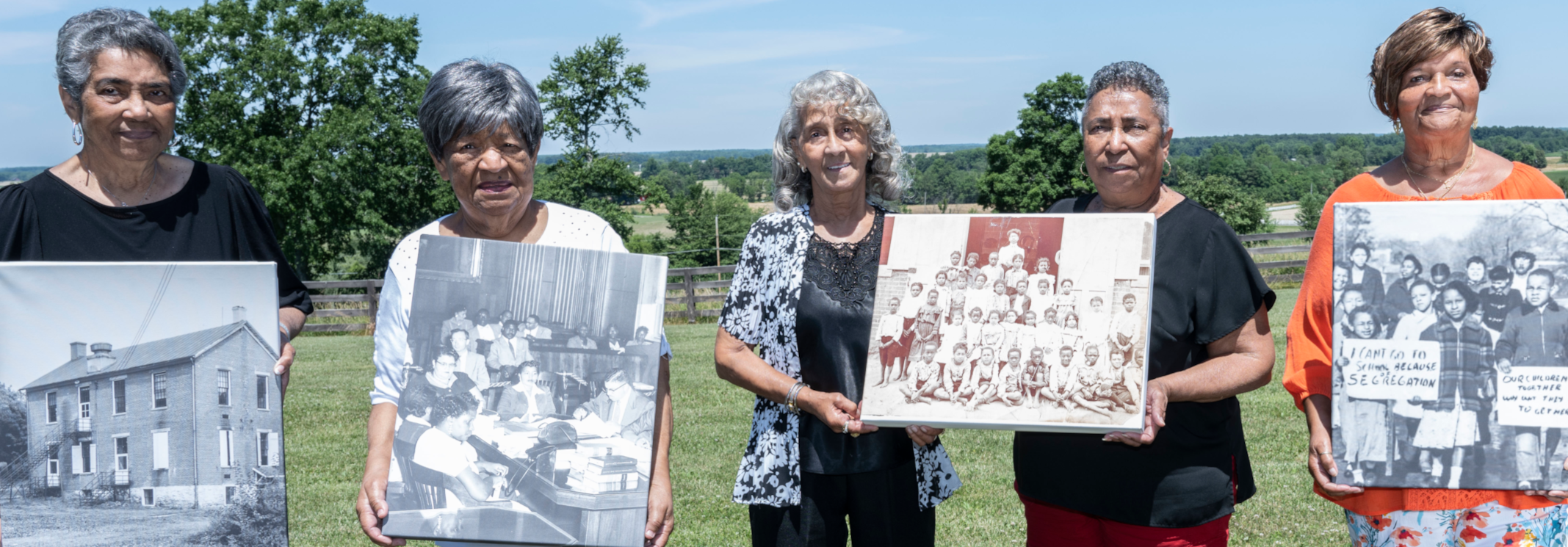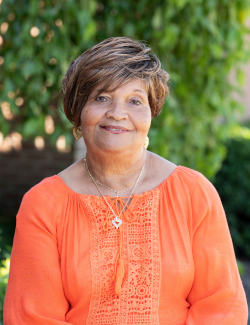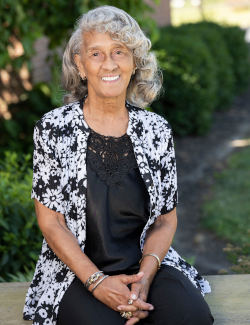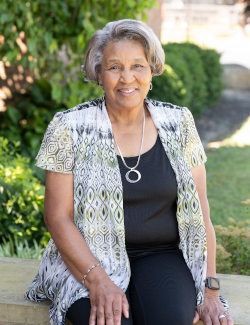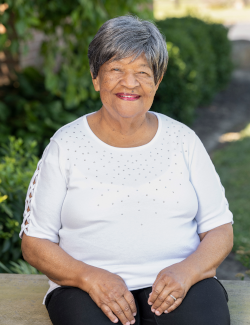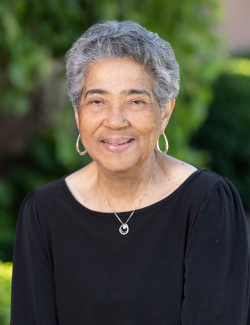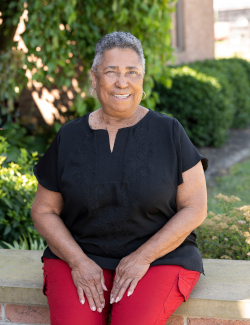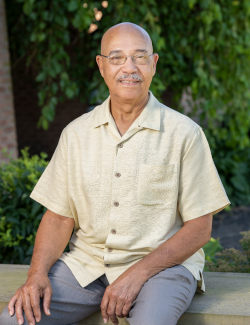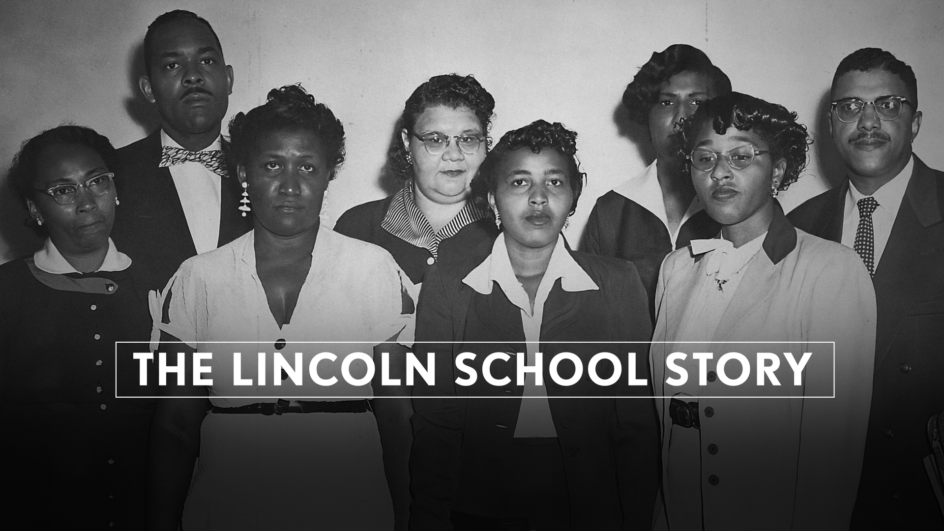Hillsboro News-Herald: Board Elects Wilkin as President, Start Work on Building Plans (January 7, 1954)
Hillsboro News-Herald: School Board Plans Meet: Slate Conference With Architects (January 28, 1954)
Hillsboro News-Herald: Four Architects Present Plans For Buildings to Local Board (February 4, 1954)
Hillsboro News-Herald: Board Continues Talks With Architect Firms (February 11, 1954)
Hillsboro News-Herald: More Architects Interviewed By Board (February 18,1954)
Hillsboro News-Herald: School Board Discharges Seniors; Name Architects (February 25, 1954)
Hillsboro News-Herald: Board of Education Approves Plans For New Webster School: Architect Gets Green Light On Detailed Print (March 25, 1954)
Hillsboro Press-Gazette: Plans For New Webster School Given Approval (March 26, 1954)
Hillsboro News-Herald: School Plans Almost Done: Financial Phase Of Program Progressing (May 13, 1954)
Hillsboro New-Herald: Board Of Education To Seek Three-Mill Levy From Voters This Fall (June 17, 1954)
Hillsboro Press-Gazette: School Construction Project Plans Laid; Board Seeking Bids: Final Drawing of New Building Is Presented (June 22, 1954)
Hillsboro Press-Gazette: Plan Probe of Fire at School Building (July 6, 1954)
Hillsboro News-Herald: Officials Probe Arson Angle In Lincoln School Fire Here (July 8, 1954)
Hillsboro News-Herald: Engineer Admits to Setting Blaze: Confession Is Made By Partridge (July 8, 1954)
Hillsboro Press-Gazette: County Engineer Held For Arson; Confesses To Firing School Here: Resignation Requested By Commission (July 9, 1954)
Hillsboro Press-Gazette: Lincoln School To Be Repaired, Used (July 13, 1954)
Hillsboro Press-Gazette: Engineer Ordered To Lima for Observation (July 13, 1954)
Hillsboro News-Herald: Board Votes to Repair Lincoln School Building: Overcrowding Of Buildings Reason Cited (July 15, 1954)
Hillsboro News-Herald: Engineer Sent to Lima For 30-Day Observation (July 15, 1954)
Hillsboro News-Herald: Bids On New School Building Opened At Board Meet Thursday (July 22, 1954)
Hillsboro Press-Gazette: One New School, Coming Up (August 3, 1954)
Hillsboro News-Herald: School Board Passes Motion Calling For Integration in New Schools Here: Demand Heard By Negro Group During Meeting (August 12, 1954)
Hillsboro News-Herald: Contractor Is Starting Work On New School (August 12, 1954)
Hillsboro News-Herald: Partridge Due To Complete Tests at Lima (August 12, 1954)
Hillsboro Press-Gazette: Integration Movement Is Planned; Work On New Building Starts: Negro Group Is Heard At Meet Monday (August 13, 1954)
Hillsboro Press-Gazette: Contractors Arrive On Project Here (August 13, 1954)
Hillsboro Press-Gazette: Partridge Will Complete Lima Tests in Week (August 13, 1954)
Hillsboro Press-Gazette: Partridge Returned from Lim Hospital; Held "Legally Sane": Engineer Is Freed After Taking Tests (August 17,1954)
Hillsboro News-Herald: Partridge May Resign; Attorney Will Confer With County Officials: Charges Will Be Filed If He Refuses (August 19, 1954)
Hillsboro Press-Gazette: Engineer's Attorney to Talk With Officials on Resignation: Charges May Be Filed On 'Misconduct' (August 20, 1954)
Hillsboro Press-Gazette: Partridge Again Refuses To Quit County Engineer Post: Misconduct Charges Drafted By County Commissioners (August 24, 1954)
Hillsboro Press-Gazette: County Commissioners Appoint New Engineer At Meeting Saturday: Vacancy Is Declared In County Post (August 31, 1954)
Hillsboro News-Herald: New Engineer Appointed By County Commissioners (September 2, 1954)
Hillsboro News-Herald: School Board Plans Appeal: Will Seek Reversal of Zoning Action (September 2, 1954)
Hillsboro News-Herald: Schools Open Tuesday; Integration Movement Is Forced by Negroes: Board Holds Special Meet Here Tuesday (September 9, 1954)
Hillsboro Press-Gazette: Schools Are Opened With Forced Integration: Board Has Meeting On Situation (September 10, 1954)
Hillsboro Press-Gazette: Schools Open Monday After 'Fair Holiday' (September 14, 1954)
Hillsboro News-Herald: School Board Passes Resolution To Rezone Elementary Districts: Some Students Get Reassigned Under New Rule (September 16, 1954)
Hillsboro News-Herald: Washington Sketch Is Approved Monday (September 16, 1954)
Hillsboro Press-Gazette: Grand Jury Returns Indictment Against Engineer (September 17, 1954)
Hillsboro Press-Gazette: Elementary School Districts Rezoned By Board: Thursday Is Date Set By Resolution (September 17, 1954)
Hillsboro Press-Gazette: Washington Building Sketch Is Approved (September 17, 1954)
Hillsboro Press-Gazette: Arraignments Held For Those Indicted by Fall Grand Jury: Insanity Is Pleaded Here By Engineer (September 21, 1954)
Hillsboro Press-Gazette: School Zoning Move Is Carried Out; Slight Resistance Is Seen (September 21, 1954)
Hillsboro Press-Gazette: Construction Project At Webster Building Is Showing Progress: Concrete Pouring Expected to Start Sometime in Week (September 21, 1954)
Hillsboro News-Herald: Injunctions Seeking Integration Are Asked in Cincinnati District Court: Mothers Name School Group As Defendants (September 23, 1954)
Hillsboro News-Herald: School Zoning Move Made Law Here Monday (September 23, 1954)
Hillsboro Press-Gazette: NAACP Files Suit For Injunction in School Dispute Wednesday: Judge Denies Restraining Order Now (September 24, 1954)
Hillsboro Press-Gazette: NAACP Meets Wednesday Night; Officers Say Fight Is Only for Equal School Rights (September 24, 1954)
Hillsboro Press-Gazette: Partridge Will Face Petit Jury in Trial Starting Wednesday: 20 Additional Jurors Drawn Here Saturday (September 28, 1954)
Hillsboro Press-Gazette: School Officials Are Subpoenaed: May Testify In District Court Wednesday (September 28, 1954)
Hillsboro News-Herald: Local NAACP Chapter Meets; Hear Dayton Officials Outline Fight Plan (September 30, 1954)
Hillsboro News-Herald: School Group Meets Monday, Hearing On Segregation Is Held (September 30, 1954)
Hillsboro Press-Gazette: School Hearing is Continued: Judge Declines to Rule Until U.S. Supreme Court Makes Decision (October 1, 1954)
Hillsboro Press-Gazette: Appeal Planned in Court Case: Hillsboro Suit Will Go to Higher Court (October 1, 1954)
Hillsboro Press-Gazette: NAACP Fails to File Appeal in U.S. Court (October 5, 1954)
Hillsboro Press-Gazette: File Notice of Appeal in U.S. District Court (October 8, 1954)
Hillsboro Press-Gazette: School Problems Told in Letter (October 8, 1954)
Hillsboro News-Herald: Building Program Is Discussed at School Board Meet Monday: Group Considers Other Business During Session (October 14, 1954)
Hillsboro News-Herald: School Segregation Enforcement To Await Court Move (October 14, 1954)
Hillsboro News-Herald: Building Program Is Discussed at School Board Meet Monday: Group Considers Other Business During Session (October 14, 1954)
Hillsboro Press-Gazette: School Board Meets; Discussion Held On Various Operations: Webster Building Heating Problem Draws Attention (October 15, 1954)
Hillsboro Press-Gazette: School Board Answer Filed In Dispute On Segregation: Mothers Are Violating Law Board Says (October 19, 1954)
Hillsboro News-Herald: Pupils Now In Churches: Webster Students Continue Studies (October 21, 1954)
Hillsboro News-Herald: School Board Answer Filed In Dispute On Segregation (October 21, 1954)
Hillsboro Press-Gazette: Churches Serve As Classrooms: Webster Students Continue Studies (October 26, 1954)
Hillsboro News-Herald: Church Is Schoolhouse (October 28, 1954)
Hillsboro Press-Gazette: Church and School (October 29, 1954)
Hillsboro Press-Gazette: School Board Hears Several Reports At Session Held Monday: Truancy Being Continued By Colored Pupils (November 10, 1954)
Hillsboro News-Herald: School Board Hears Several Reports at Session Held Monday: Colored Pupils Remain Absent; Plan Projects (November 11, 1954)
Hillsboro Press-Gazette: High Court Shelves Segregation Action (November 26, 1954)
Hillsboro Press-Gazette: School Project Shows Progress: Walls Should Be Started In Week (December 10, 1954)
Hillsboro Press-Gazette: Board of Education Holds Final Meeting; Purchase Insurance: New Plan Covers Boilers, Other Heat Equipment (December 14, 1954)
Hillsboro Press-Gazette: Hearing Set December 29 In Local School Segregation Case: Judge Must Show Cause For Ruling (December 14, 1954)
Hillsboro News-Herald: Hearing Scheduled De. 29 in District Court on Local School Segregation Case (December 16, 1954)
Hillsboro Press-Gazette: School Board Meet Held Here Monday (December 17, 1954)
Hillsboro News-Herald: School Hearing Set For Next Wednesday (December 23, 1954)
Hillsboro Press-Gazette: School Hearing Set Wednesday: May Give Ruling in Segregation Case (December 24, 1954)
Hillsboro Press-Gazette: School Head Is Subpoened: Upp to Appear At Hearing; Order Data (December 28, 1954)
Hillsboro News-Herald: Board of Education Holds Final Meeting: Purchase Of Insurance Is Major Action (December 30, 1954)
Hillsboro News-Herald: Hearing Being Held on Schools (December 30, 1954)
Hillsboro Press-Gazette: Contractor Assures Board New Webster Building Can Be Occupied This Fall (December 31, 1954)
Hillsboro Press-Gazette: Revise Plans For Washington School Project (December 31, 1954)
Hillsboro Press-Gazette: No Ruling Given On Local School Problem; Judge Will Study Case (December 31, 1954)
Hillsboro News-Herald: Desegregation, Engineer's Case Make Big Headlines During 1954 (January 6, 1955)
Hillsboro News-Herald: U.S. District Court Takes School Segregation Case Under Advisement (January 6, 1955)
Hillsboro Press-Gazette: Injunction Against Board Is Denied (February 1, 1955)
Hillsboro News-Herald: Judge Denies Injunction Suit Against Local Board (February 3, 1955)
Hillsboro News-Herald: Move To Send Negro Pupils Back To School Is Planned: Parents To Be Notified That Action Illegal (February 3, 1955)
Hillsboro Press-Gazette: Plan Move to Send Negroes to School: Charges May Be Filed In Absenteeism (February 4, 1955)
Hillsboro Press-Gazette: Negroes Seek Reversal Of Court's Move (February 18, 1955)
Hillsboro Press-Gazette: Court, Parents In Conference; Seek To End School Dispute (February 22, 1955)
Hillsboro News-Herald: No Agreement Reached In School Attendance Dispute (February 24, 1955)
Hillsboro Press-Gazette: Senate Starts Hearing on School Segregation (March 1, 1955)
Hillsboro News-Herald: School Board Studying Pay Scale for Faculty; Buy Desks for School (March 17, 1955)
Hillsboro Press-Gazette: School Board Asks Bids On Washington Project (April 28, 1955)
Hillsboro News-Herald: Improvement of Washington School Playground Begun; Area Is Cleared (May 5, 1955)
Hillsboro Press-Gazette: Webster School Project Is On Schedule, Builders Say (May 9, 1955)
Hillsboro News-Herald: School Board Meeting Is Held; Group Discusses Plant Problem (May 12, 1955)
Hillsboro Press-Gazette: NAACP Lawyers File New Briefs (May 17, 1955)
Hillsboro News-Herald: Briefs Filed By NAACP: Group Seeks Reversal Of Segregation Case (May 19, 1955)
Hillsboro News-Herald: Interior Finishing Begun on New School (June 2, 1955)
Hillsboro Press-Gazette: Court Ruling Is Given on Method of School Change (June 3, 1955)
Hillsboro News-Herald: School Board Meets; Plan Vo-Ag Addition at Local High School (June 16, 1955)
Hillsboro News-Herald: Washington Stone Building Coming Down; Interior Being Gutted (June 23, 1955)
Hillsboro News-Herald: Construction of New School Delayed; Fall Term Is Endangered (July 7, 1955)
Hillsboro News-Herald: 58-Year-Old School Bell At Washington Removed (July 14, 1955)
Hillsboro Press-Gazette: Delegation Advised Lincoln School Will Be Opened This Year (August 12, 1955)
Hillsboro News-Herald: Elementary Schools Are Open (September 15, 1955)
Hillsboro News-Herald: Negro Mothers, Children Picket School (September 22, 1955)
Hillsboro News-Herald: Negro Delegation At School Board Meeting Monday Night (September 29, 1955)
Hillsboro News-Herald: School Case Hearing Is Scheduled October 17 (October 6, 1955)
Hillsboro News-Herald: U.S. Judges Hear School Case Appeal (October 20, 1955)
Hillsboro News-Herald: State Negro Paper Carries Story on School Situation, Raps Board (October 20, 1955)
Hillsboro Press-Gazette: Integration of Colored Pupils in Elementary Schools Is Asked (October 21, 1955)
Hillsboro News-Herald: School Board Discusses Segregation, Cafeteria (November 17, 1955)
